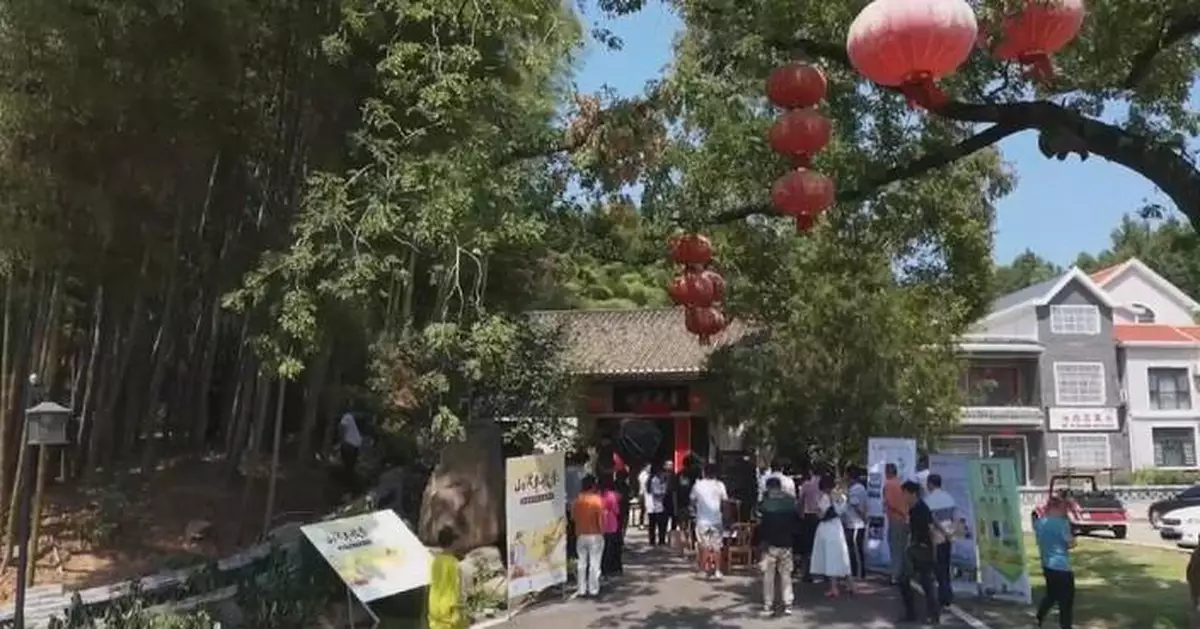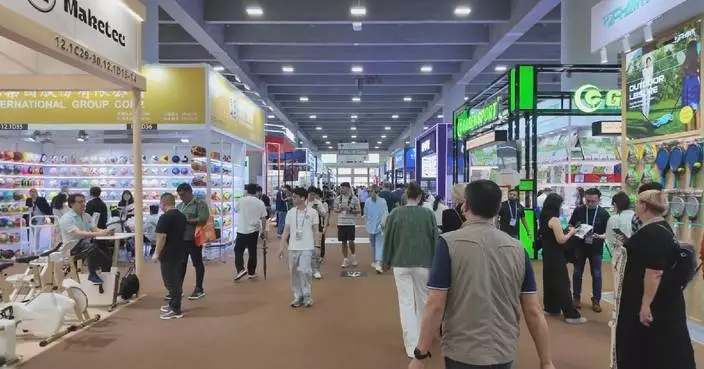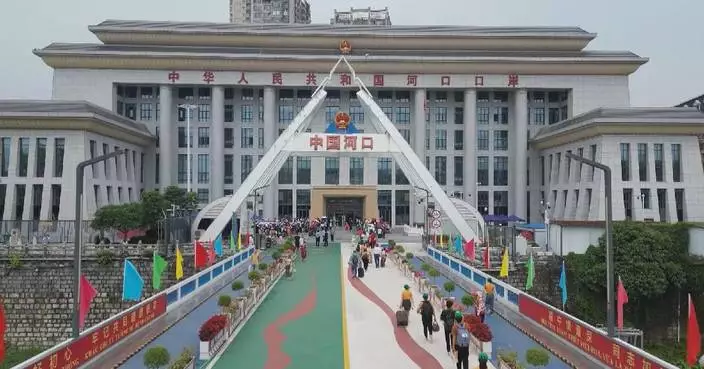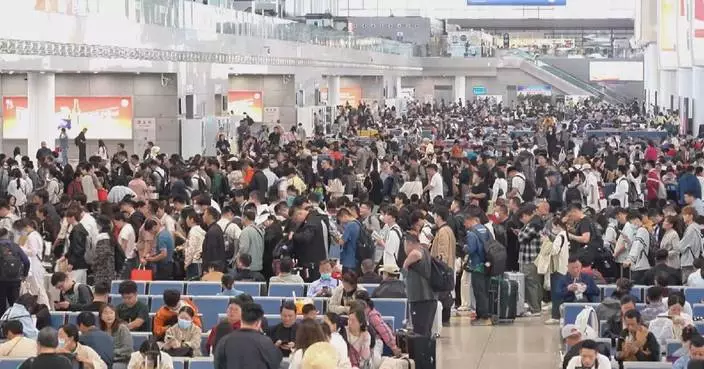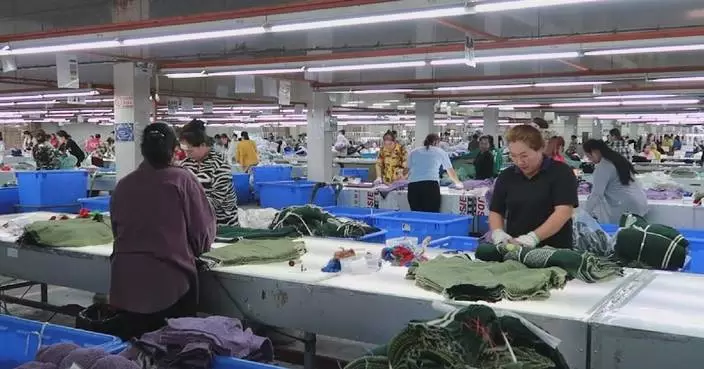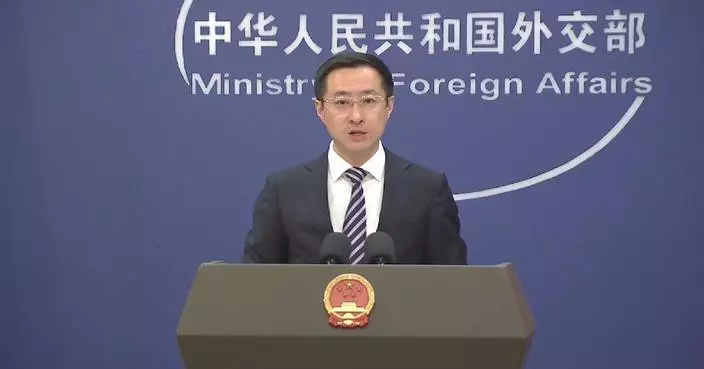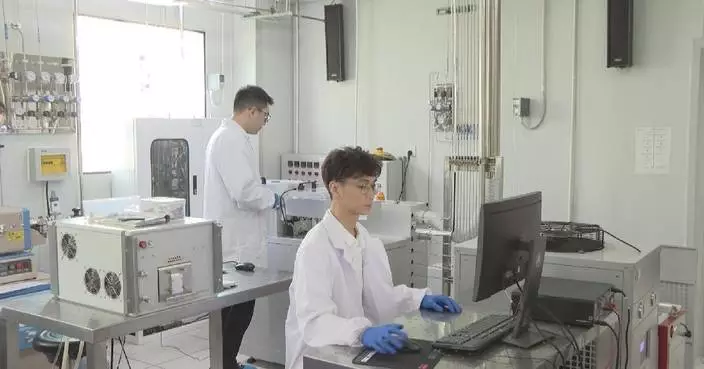Taking advantage of the fast-growing e-commerce and live-streaming platforms in China, local people from mountainous counties in Huanggang, central China's Hubei Province, bring their products to markets across the country and the world.
Located at the mountain foot, Luotian county of Huanggang boasts rich resources and fertile land, but the county's once relatively inconvenient transportation and weak industrial foundation have made its local specialties hard to reach outside markets.
To boost sales, they developed deep processing techniques to produce frozen chestnuts and created canned chestnuts and snacks, successfully making these products accessible to large supermarkets' supply chains.
Moreover, the local community uses new opportunities presented by the Internet. They operate online shops and sell products via live streaming, bringing the chestnuts out of the mountainous area.
"Last year we purchased and processed 10,000 tons of chestnuts, achieving sales of 110 million yuan (around 15.6 million U.S. dollars) with exports worth three million dollars. The chestnut products were mainly sold to Japan, South Korea, and Europe, while also to Jiangsu, Zhejiang provinces and Shanghai in east China, as well as some areas in south and southwest China," said Zhang Siguo, general manager of a food company in Hubei.
A total of 130 tons of chestnuts are sold across the world each day from the county since mid-August.
Now, Luotian owns chestnut bases covering areas of around 40,000 hectares. The chestnut production industry in the country generated 2.12 billion yuan (about 300 million U.S. dollars) in 2023, creating over 10,000 jobs and increasing income of nearly 100,000 farmers.
"I once worked in big cities to seek wealth, and later I came back to do homestay business, run restaurants and bring groups of tourists to orchards in the town for chestnut picking. About one or two hundred people visit the orchards each day, and some will buy other agricultural products from the farmers here," said Lei Minggang, a villager from Luotian County.
In the Mengboqiao Village of Chencelou County, Huanggang City, a training base for e-commerce and live-streaming covering area of 500 square meters has been built, boosting sales of agricultural products including oranges, grapes, and cherry tomato.
With the help of these platforms, the villagers saw their collective income and average annual income rose fast last year.
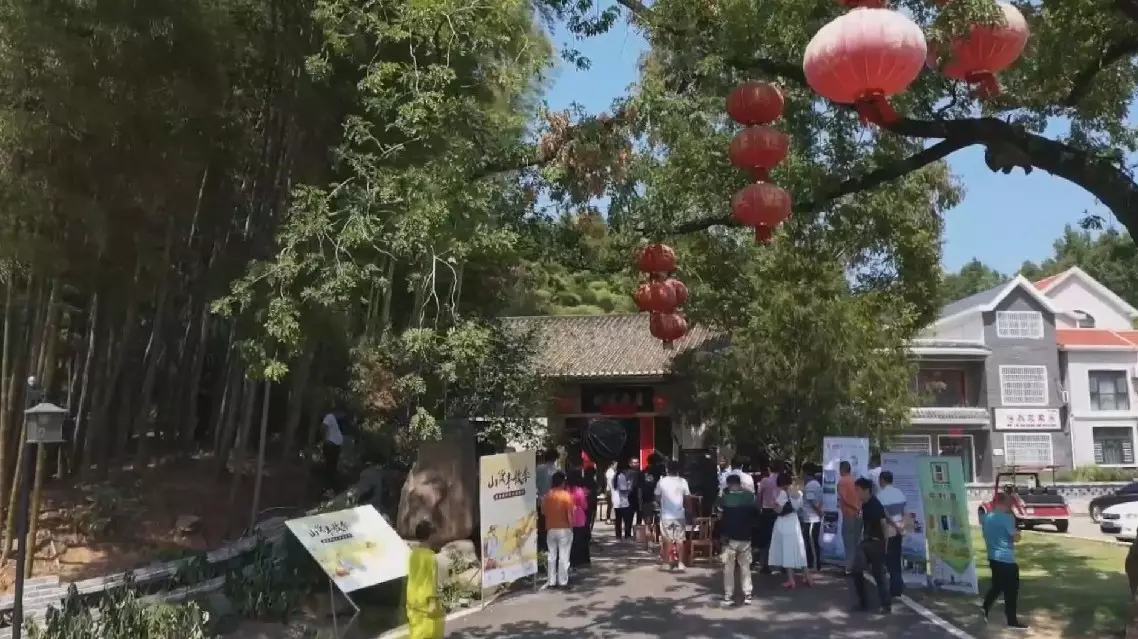
E-commerce, live-streaming bring landlocked Huanggang agricultural products to center stage


